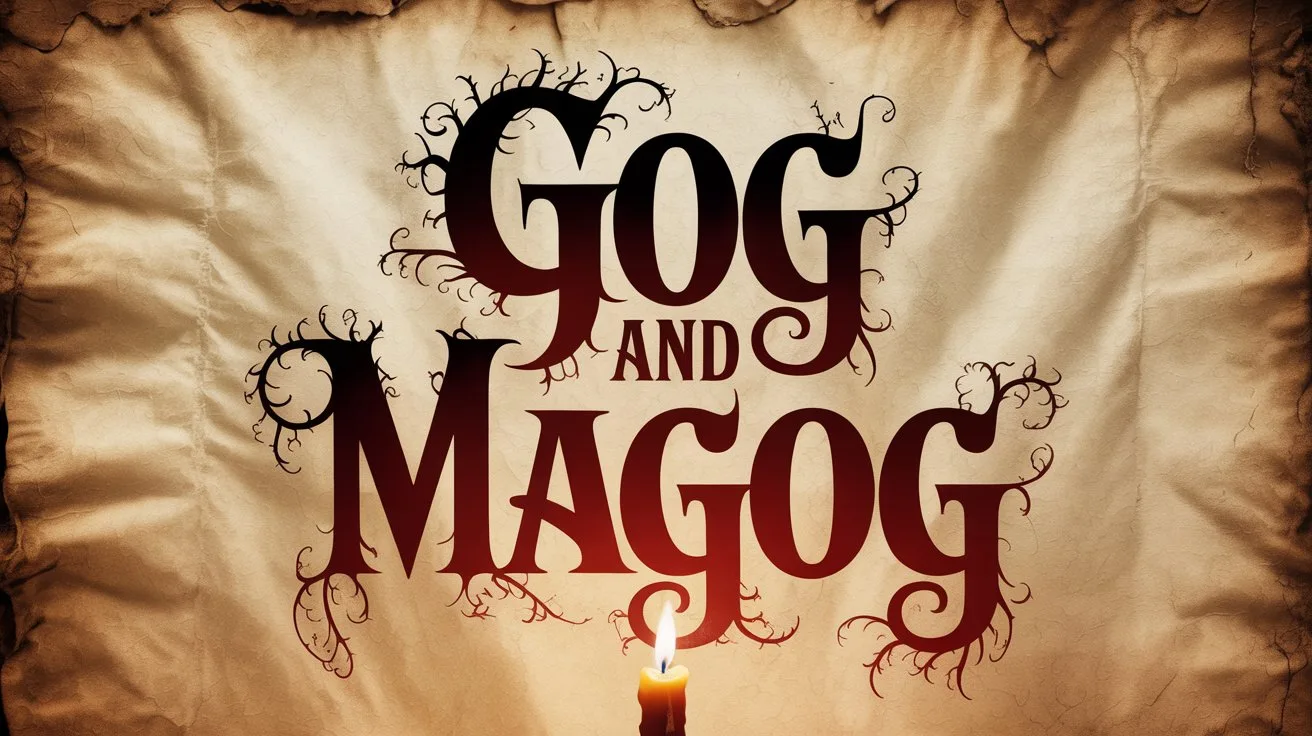Nebuchadnezzar’s statue appears in a prophetic dream found in Daniel 2. The king of Babylon was troubled by a vision he could not remember or understand. God revealed both the dream and its interpretation to Daniel, who declared, “There is a God in heaven who reveals secrets” (Daniel 2:28).
In the dream, Nebuchadnezzar saw a great statue: the head was of fine gold, its chest and arms of silver, its belly and thighs of bronze, its legs of iron, and its feet partly of iron and partly of clay (Daniel 2:32-33). Then a stone, cut without hands, struck the feet of the statue and shattered the entire image. The stone grew into a great mountain and filled the whole earth (Daniel 2:34-35).
Daniel explained that the statue represented successive kingdoms. The head of gold was Nebuchadnezzar’s Babylonian empire (Daniel 2:38). The silver chest and arms symbolized a lesser kingdom that would follow, historically understood to be the Medo-Persian Empire. The bronze represented the Greek Empire, and the iron legs pointed to the Roman Empire. The feet of iron and clay signify a divided kingdom, strong yet brittle.
The stone that struck the statue was the kingdom of God. Daniel 2:44 proclaims, “And in the days of these kings the God of heaven will set up a kingdom which shall never be destroyed… it shall break in pieces and consume all these kingdoms, and it shall stand forever.”
Nebuchadnezzar’s statue is not just a vision of world empires, but a revelation of God’s sovereign timeline and the ultimate triumph of Christ’s eternal reign. Jesus is the stone cut without hands, rejected by men, but chosen by God (Psalm 118:22), who will destroy earthly dominions and establish an everlasting kingdom (Revelation 11:15).







